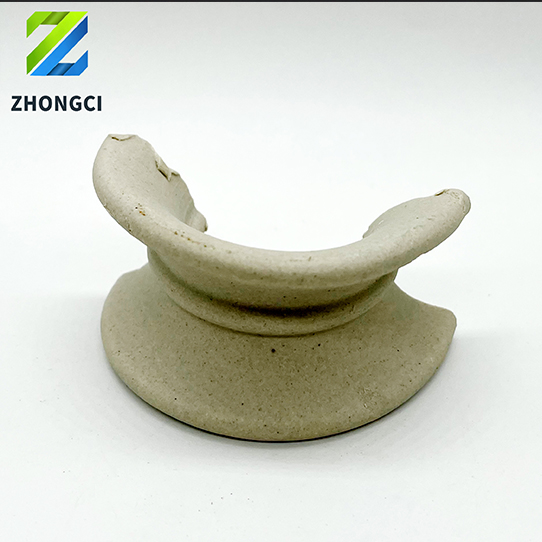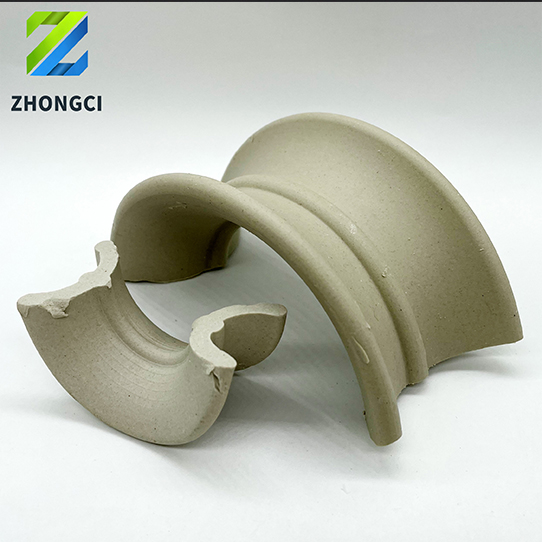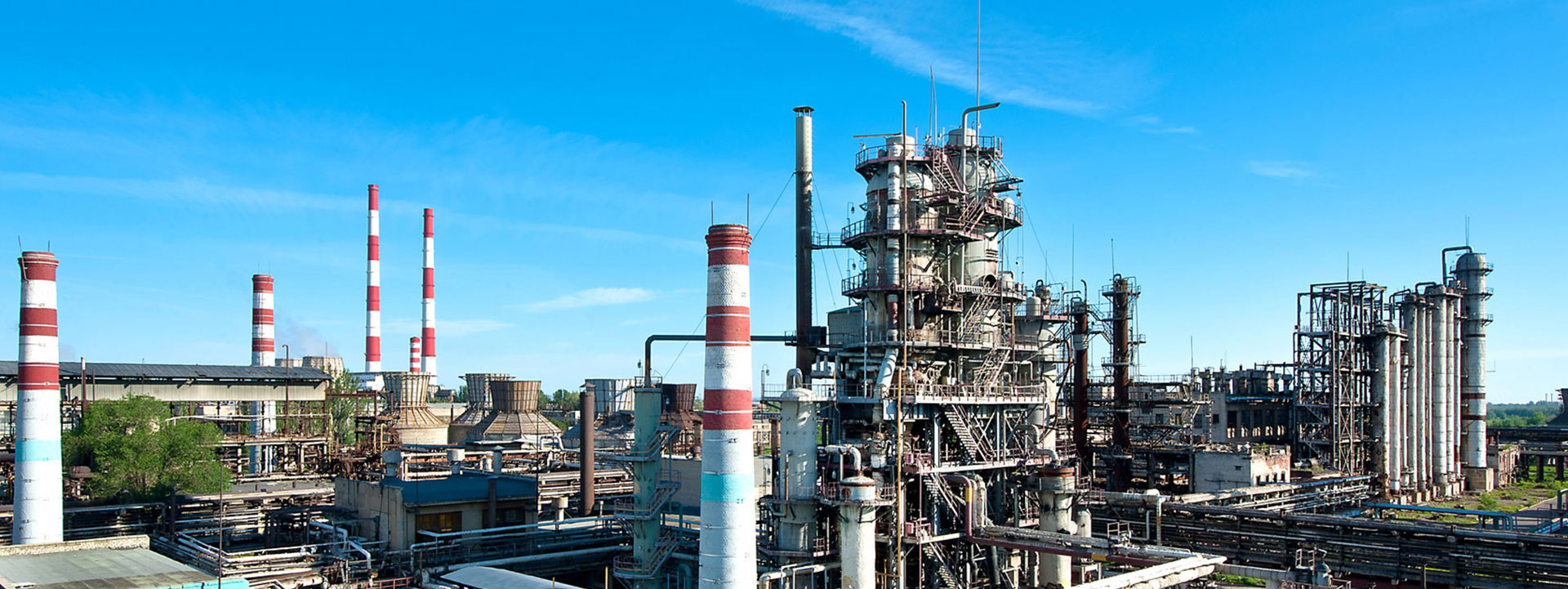Where is the saddles ceramic ring used?
Ceramic saddle rings have high density and excellent acid and heat resistance. They can and can withstand the corrosion of various inorganic acids, organic acids and organic solvents except
hydrofluoric acid. They can be used in various high and low occasions, so their application range is extremely wide. Ceramic saddle rings can be used in the chemical and petrochemical industries, and they also work well in low-consumption settings for waste gas treatment such as RTO thermal storage incinerators. For example, drying towers, absorption towers, cooling towers, and washing towers are used in the chemical, metallurgical, coal and natural gas industries, and industrial oxygen creation industries.


Ceramic saddle rings are improved products of ceramic arc saddle rings. This filler changes the arched appearance on both sides to make the internal curvature radius different. This structural design overcomes the problem of overlapping and nesting between them. The filler gaps are evenly distributed, which improves the distribution of the fluid and has better porosity and lower pressure drop than ceramic Raschig rings. Compared with ceramic Raschig ring fillers made of similar raw materials, the shape of this filler is between annular and saddle, and it has both advantages of annular and saddle fillers. This layout not only utilizes the dispersion of liquid and adds gas channels, but also has the characteristics of large flux to form reflux, low pressure drop, and high efficiency. The bed has a large porosity, which reduces the resistance of gas passing through the bed, and makes the radial diffusion coefficient smaller when the liquid flows downward


 2025-03-25
2025-03-25 0799-6335986
0799-6335986
 +86-18107991684
+86-18107991684
 yuna@chempacking.cn
yuna@chempacking.cn

 Hmoe
Hmoe